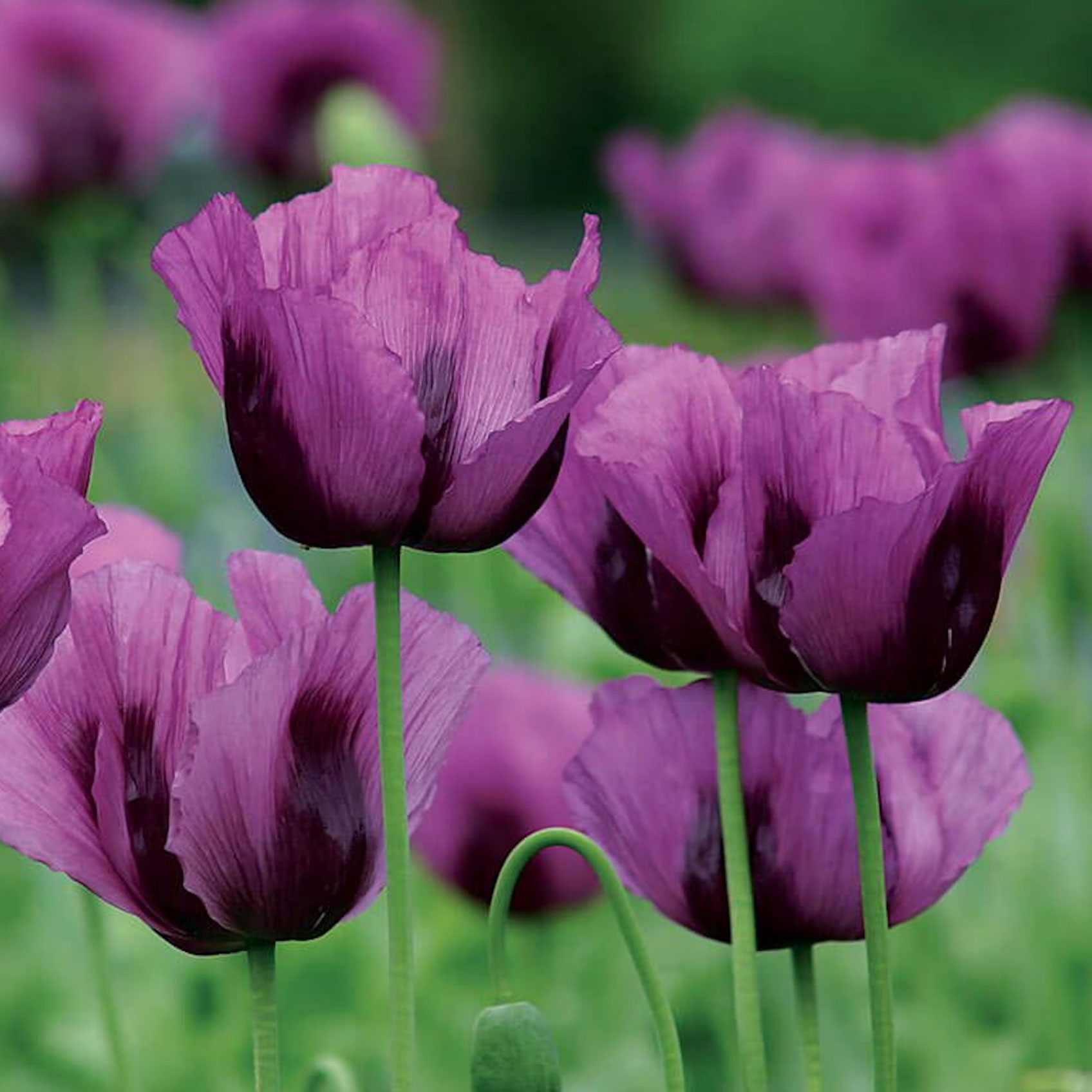Seeds To Eat As A Tasty Treat: 11 Tasty Edible Seeds You Can Grow In Your Garden
Growing your own edible seeds in the garden is a fun and increasingly popular way to boost your nutrient intake. Find out which seeds you need for a healthy feed!
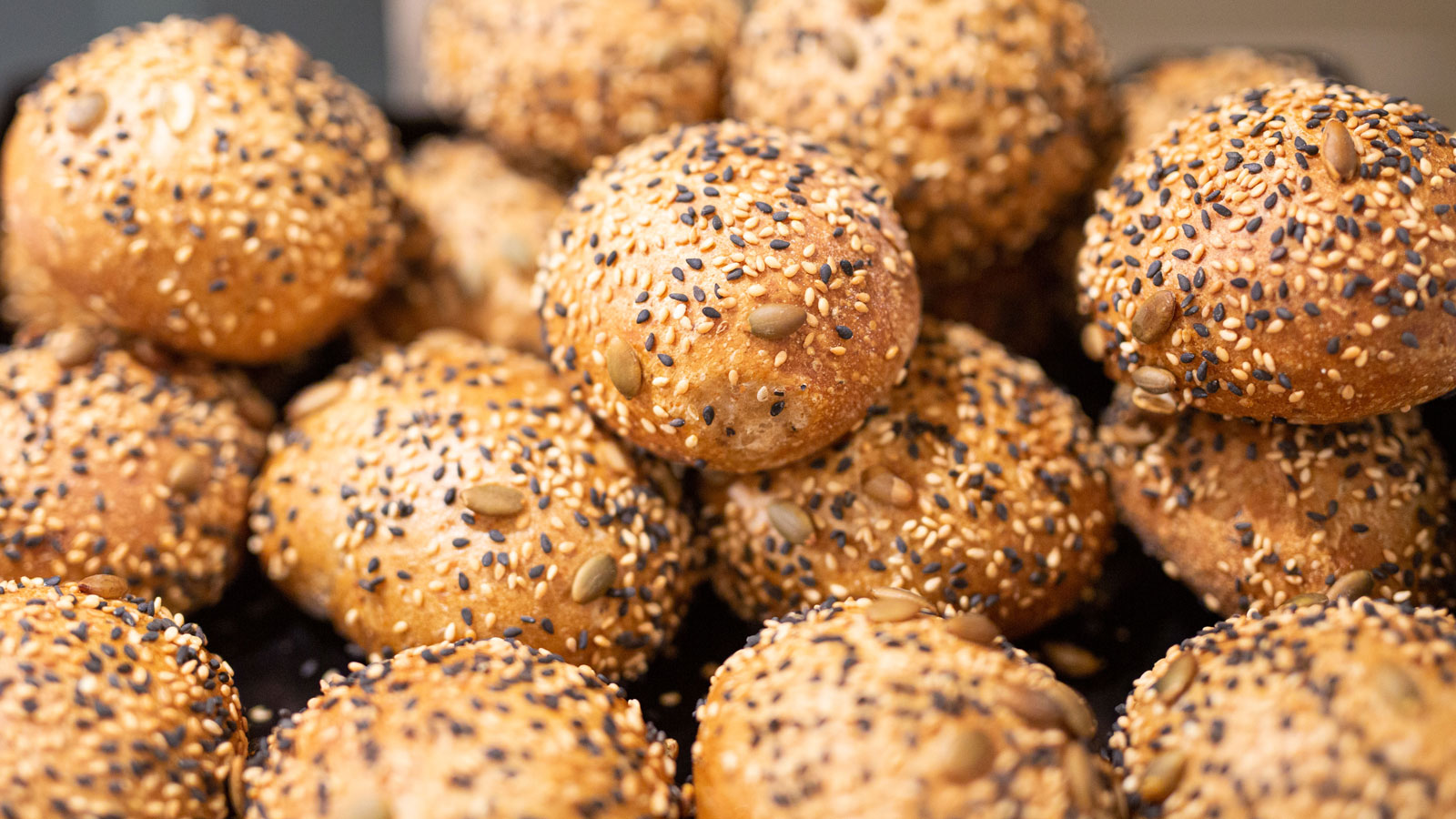

Edible seeds like chia are widely available nowadays in our supermarkets, but there are many other seeds to eat that offer a wide range of health benefits. Growing for food is one of the most satisfying rewards of harvesting garden seed, but perhaps not one that many of us take full advantage of in our gardens.
The best plant and flower seeds to harvest and eat will depend upon your nutrition goals and your flavor preferences. But the beauty of their availability lies in their versatility - as they can add flavor to both sweet and savory dishes. And there is an astonishing range of seeds you can grow, as this roundup shows. Read on to find out which edible seeds list to harvest and enjoy from your garden.
Growing the Tastiest Edible Seeds
You may have a pretty good idea which seeds you can harvest for future growing. But harvesting for the kitchen table is one of the most creative ways to use leftover seed. The list of available seeds to eat is vast, and goes way beyond some of the obvious candidates, and you’d be amazed how easy they can be to cultivate.
We eat seeds in many ways. Nuts are primarily the seed of trees, except in the case of ground nuts like peanuts. We also eat seeds in the form of spices, such as caraway or dill. Many common oils we use come from seeds like rapeseed and olive. Grains and pseudocereals are also derived from seeds. My edible seeds list below gathers together the most common, flavorful and versatile seeds to grow for food.
1. Poppy Seeds
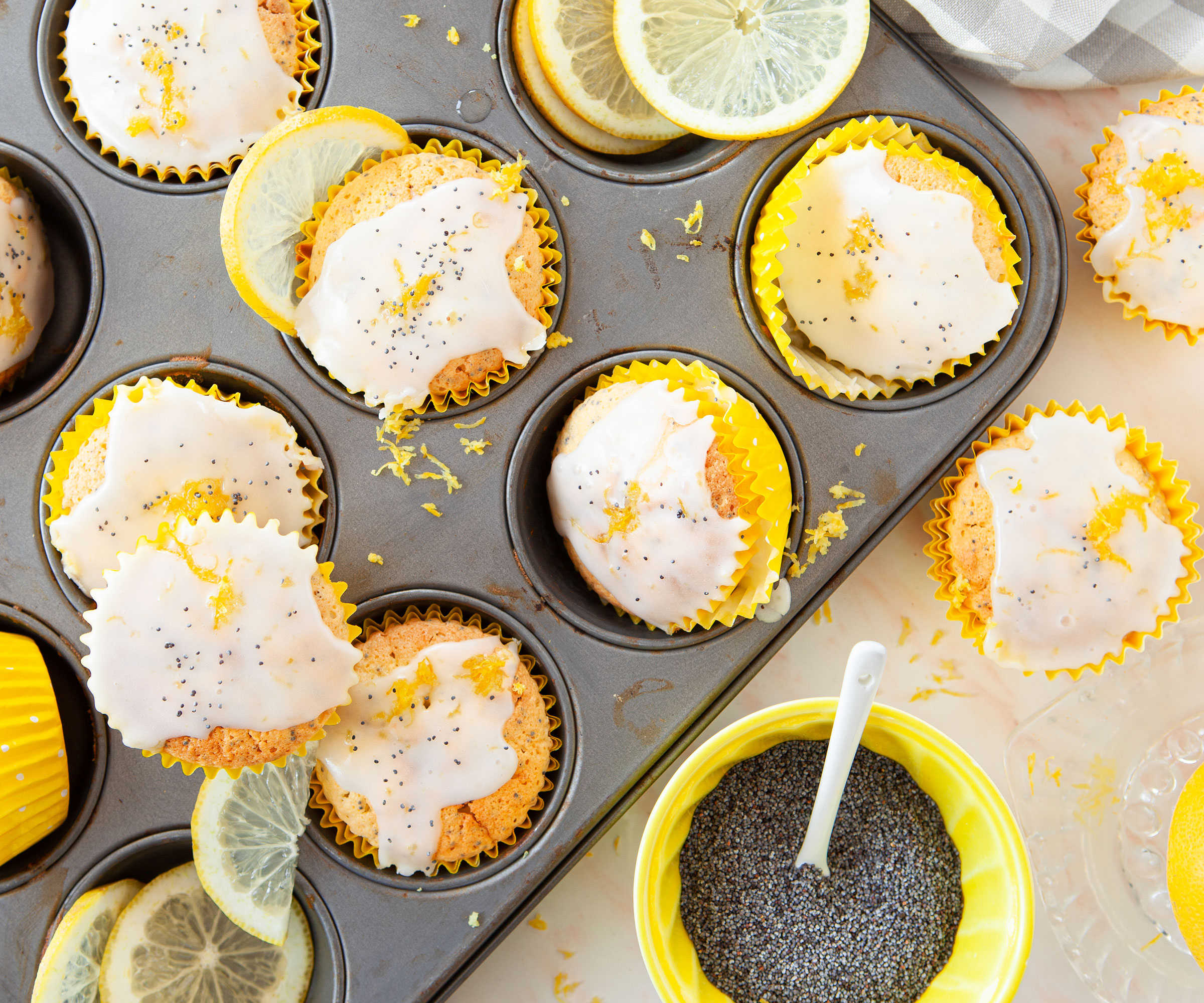
The best bagels in the world always have a generous sprinkle of poppy seeds. The tastiest poppy seeds you can find are the ones grown in your own garden, with blooms that delight the eyes as well as plentiful seeds for baking. Amongst the most enchanting poppy flowers you can grow, Hungarian blue poppies produce seeds that work brilliantly in muffins, breads, salads and cereals.
2. Chia
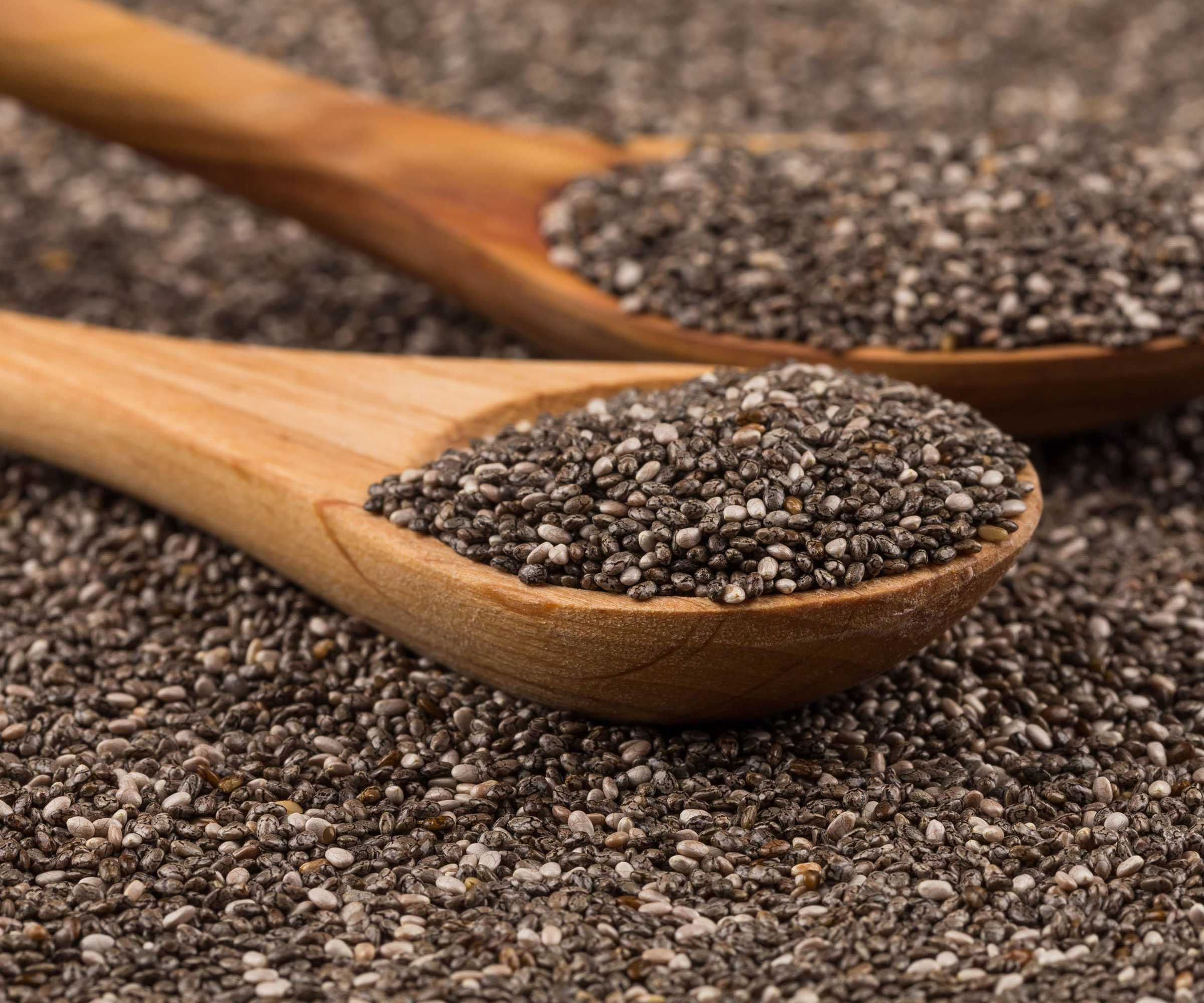
A member of the mint family, chia seeds come from a plant native to South America. They are tiny, black seeds packed with nutrients and fiber. They are also a plant based source of Omega 3 fatty acids. Chia seeds absorb 10 times the amount of water they are soaked in, which is how they help you feel full. They are important to regulating a healthy bowel and can improve glucose levels in the blood. The gelling properties of these superfood seeds can be used as an egg substitute.
3. Flax
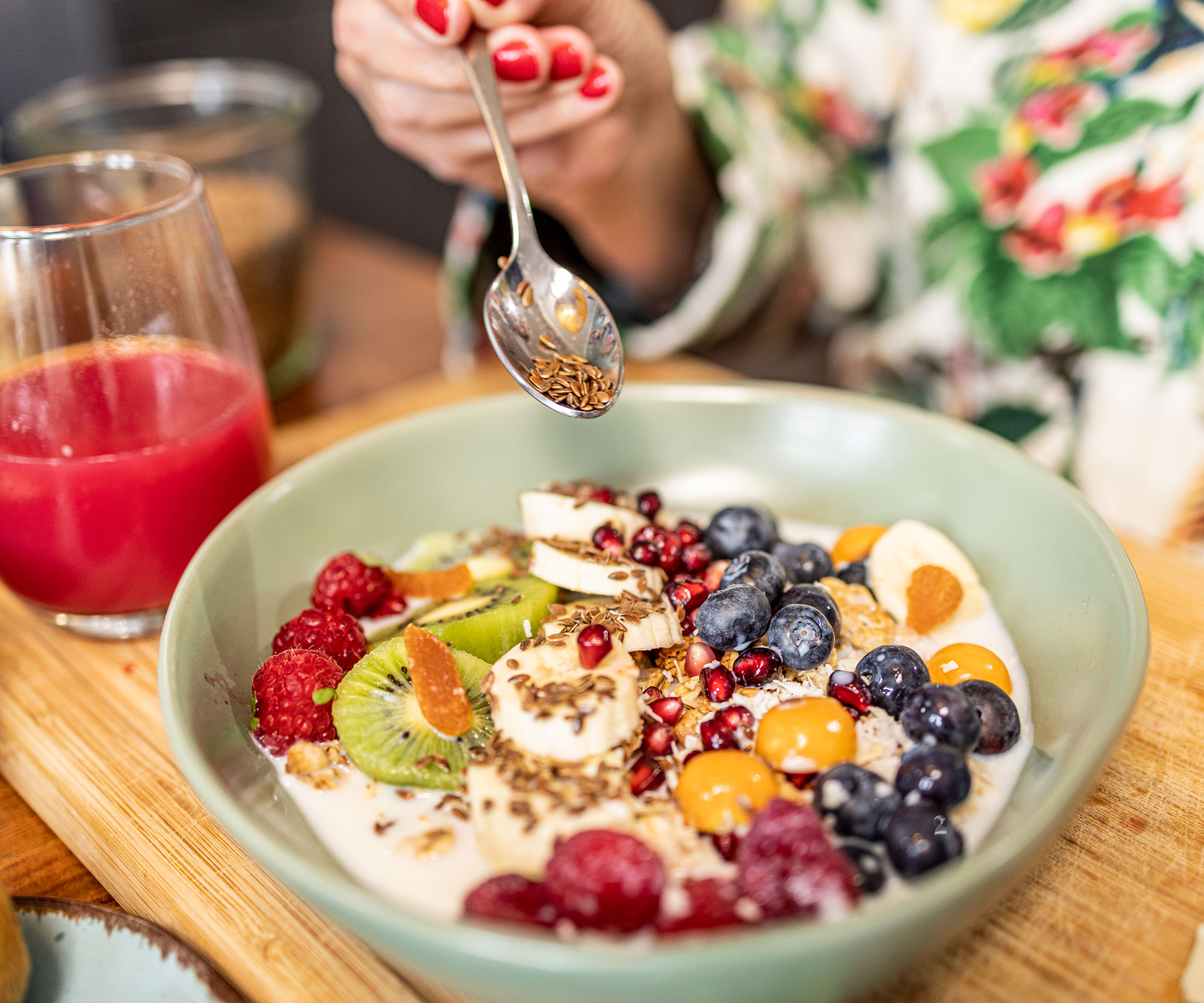
You have likely seen flax seeds in the health food department of your market. The benefits of flaxseed are best experienced when the seed is ground. Whole seed will just pass through the body. When ground, flaxseed is often added to oatmeal, smoothies, cookies and other baked goods. They are very high in fiber and should be introduced to the diet slowly. These seeds also contain high amounts of Omega 3 fatty acids, protein and potassium. Their antiinflammatory properties can help prevent heart disease and cancer.
4. Hemp
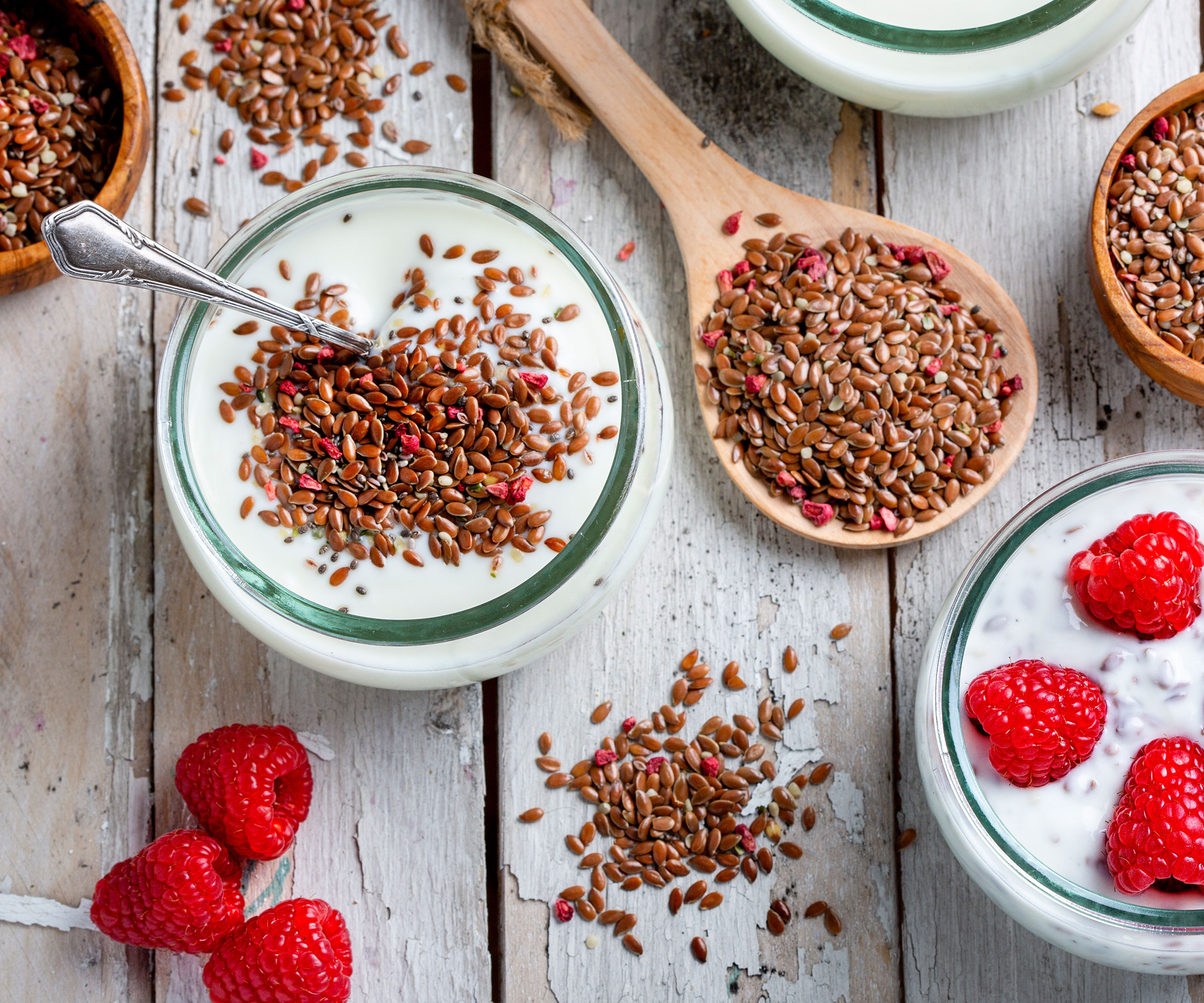
Hemp is a North American native plant that has seed high in protein, Vitamin E and potassium. Hemp is often introduced to the diet as a part of a weight loss plan. Their high fiber content keeps us feeling full longer. If you grow hemp seed you will find it is also high in both Omega 6 and Omega 3 fats. Hemp milk is a common offering at many coffee shops. Hemp seeds are larger than chia or flax and can be mixed into yogurt to add texture and crunch. One of the best seeds to eat, they are also delicious in baked goods, sprinkled over a salad, or added to a smoothie.
5. Pumpkin
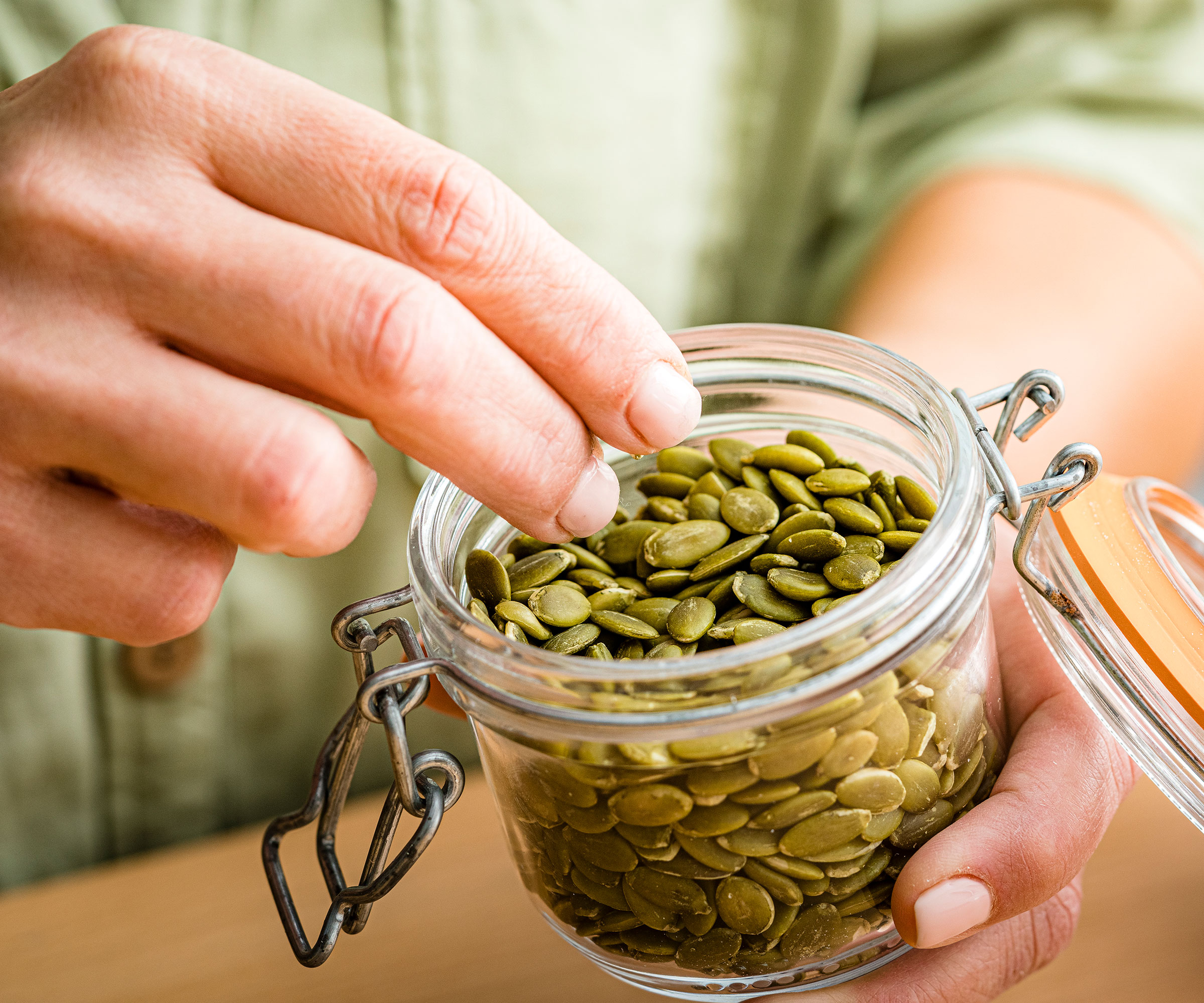
Pumpkin seeds harken back to childhood, when we would save the seed we scooped out of the gourd and toast in the oven. Pepitas are hull-less examples of gourd seeds. They are often found in South American cuisine but are widely available. They contain zinc, manganese and magnesium, and can help lower your LDL or bad cholesterol. Usually salted, pepitas added to a salad add a satisfying crunch. They are high in calories, fiber, and fat and should be added sparingly to the diet. The seeds are known to boost immunity and help prevent muscle weakness.
Sign up for the Gardening Know How newsletter today and receive a free copy of our e-book "How to Grow Delicious Tomatoes".
6. Sunflower
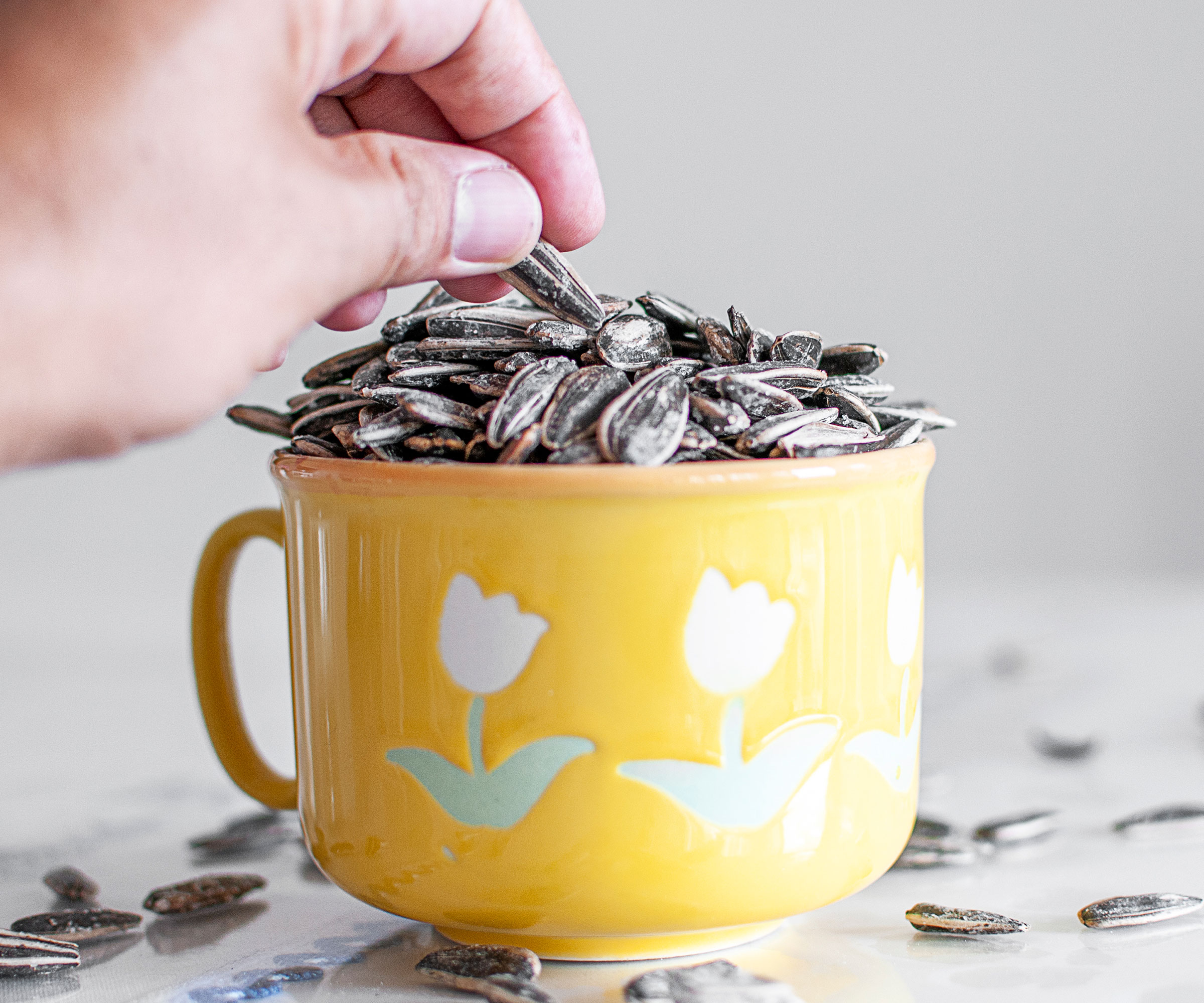
These common seeds are found as snacks in a variety of flavors and also present in several kitchen staples, including dill pickle. They may have the shell intact or be dehulled. High in minerals and antioxidants, you can harvest sunflower seeds for food to help reduce your risk of heart disease, diabetes and certain cancers. Also high in fiber, sunflower seeds may be eaten raw or roasted. Try them in a salad or in baked goods. Sunflower seeds are also made into oil and into a tasty nut butter.
7. Pulses
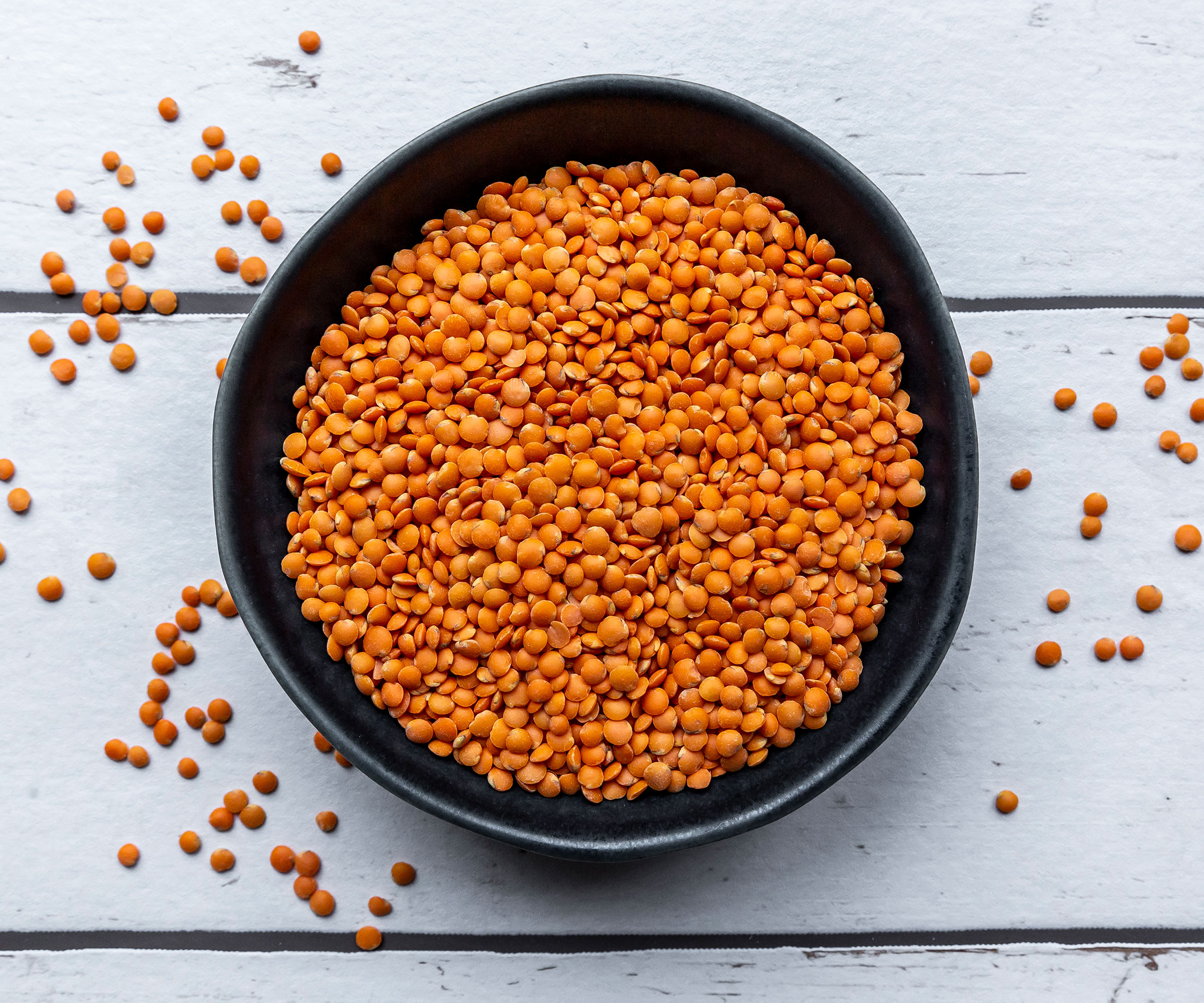
Pulses are the edible seed from a variety of legumes. Growing legume plants is something many of us hopefully already do, as legumes are known to be high in fiber and protein and are an important source of protein for vegetarians and vegans. They also contain significant amounts of iron, zinc, folate and magnesium. Beans, lentils, and peas are common sources of pulses. These seeds are best cooked in stews, soups and as standalone dishes.
8. Sesame
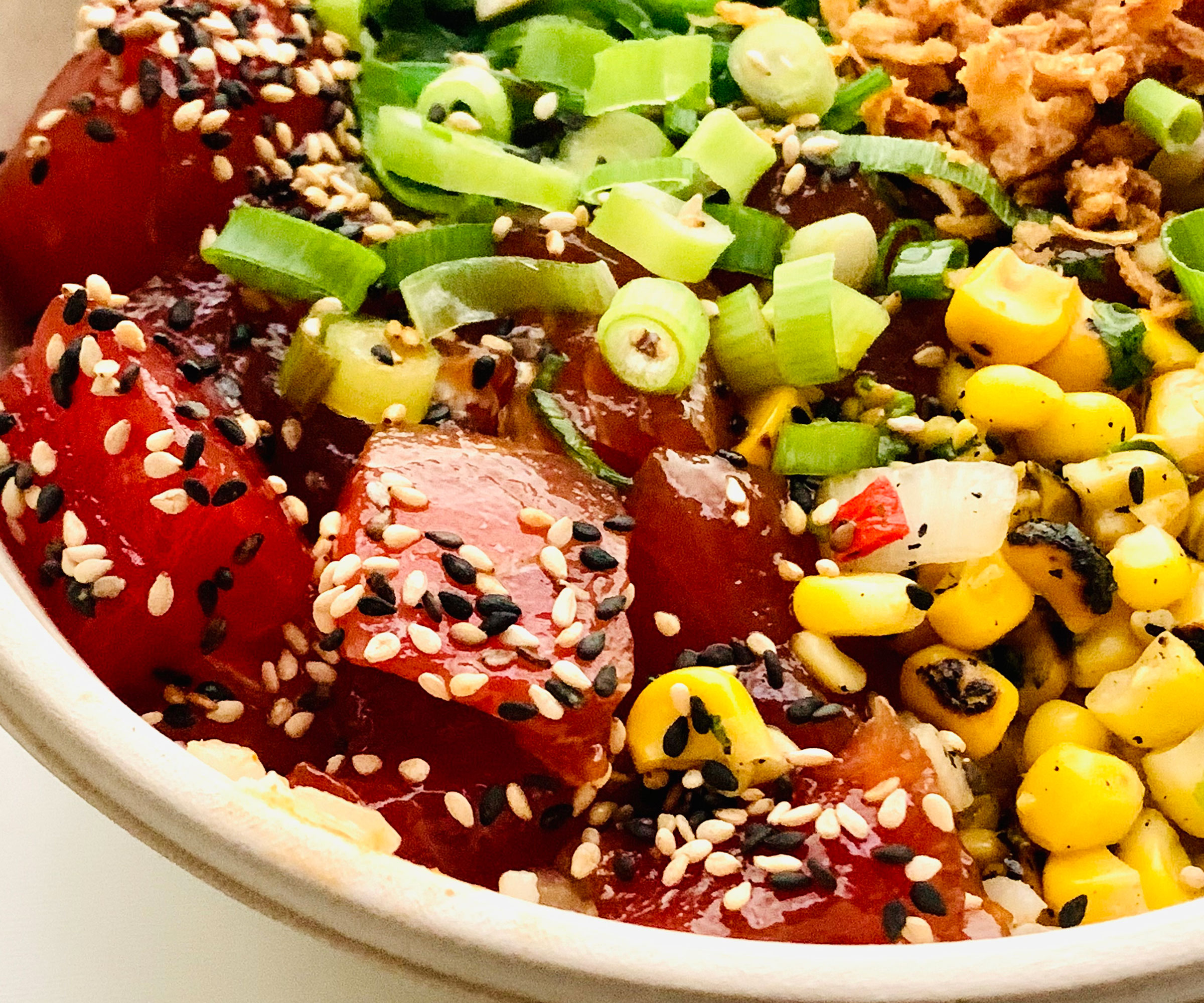
Sesame seeds are important parts of Asian, South American and African foods. They are found in desserts and savory recipes. The tiny seeds may be white or black and are high in minerals and fiber. The seeds are readily available in any supermarket. However, to find their tasty paste, tahini, you may have to go to a Middle Eastern market. Serve sesame seeds on salads, add to a stir fry, or incorporate them into baked goods.
9. Tree Seeds
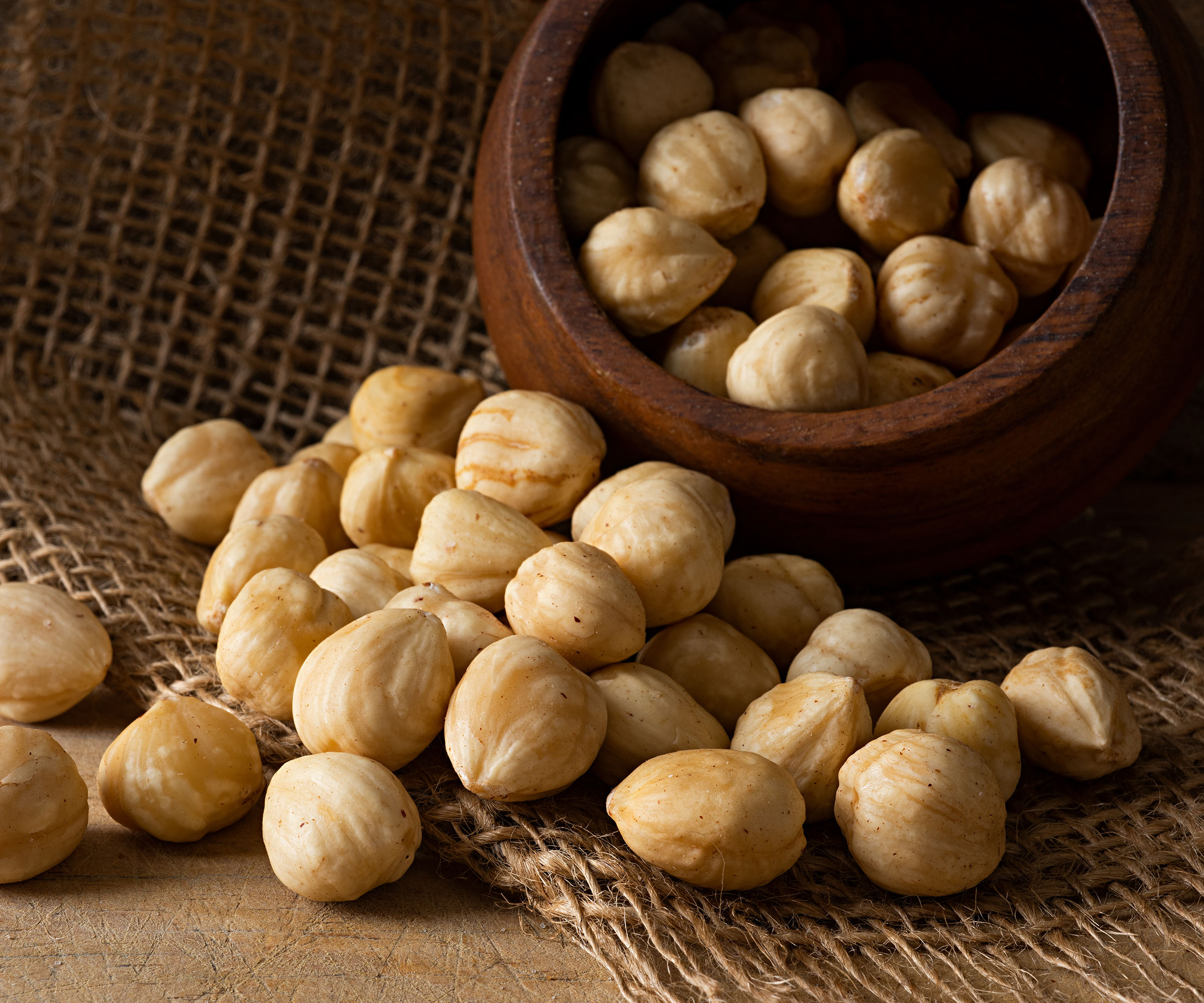
The seeds of trees like walnut and hazelnuts are common nuts. They are loaded with antioxidants, high in fat and low in carbs. They are an excellent on-the-go source of protein. Tree nuts are also high in selenium, Vitamin E and magnesium. Tree nuts do not raise blood sugar very much and can be useful to those with type 2 diabetes. They are also high in fiber and may reduce inflammation.
10. Psyllium
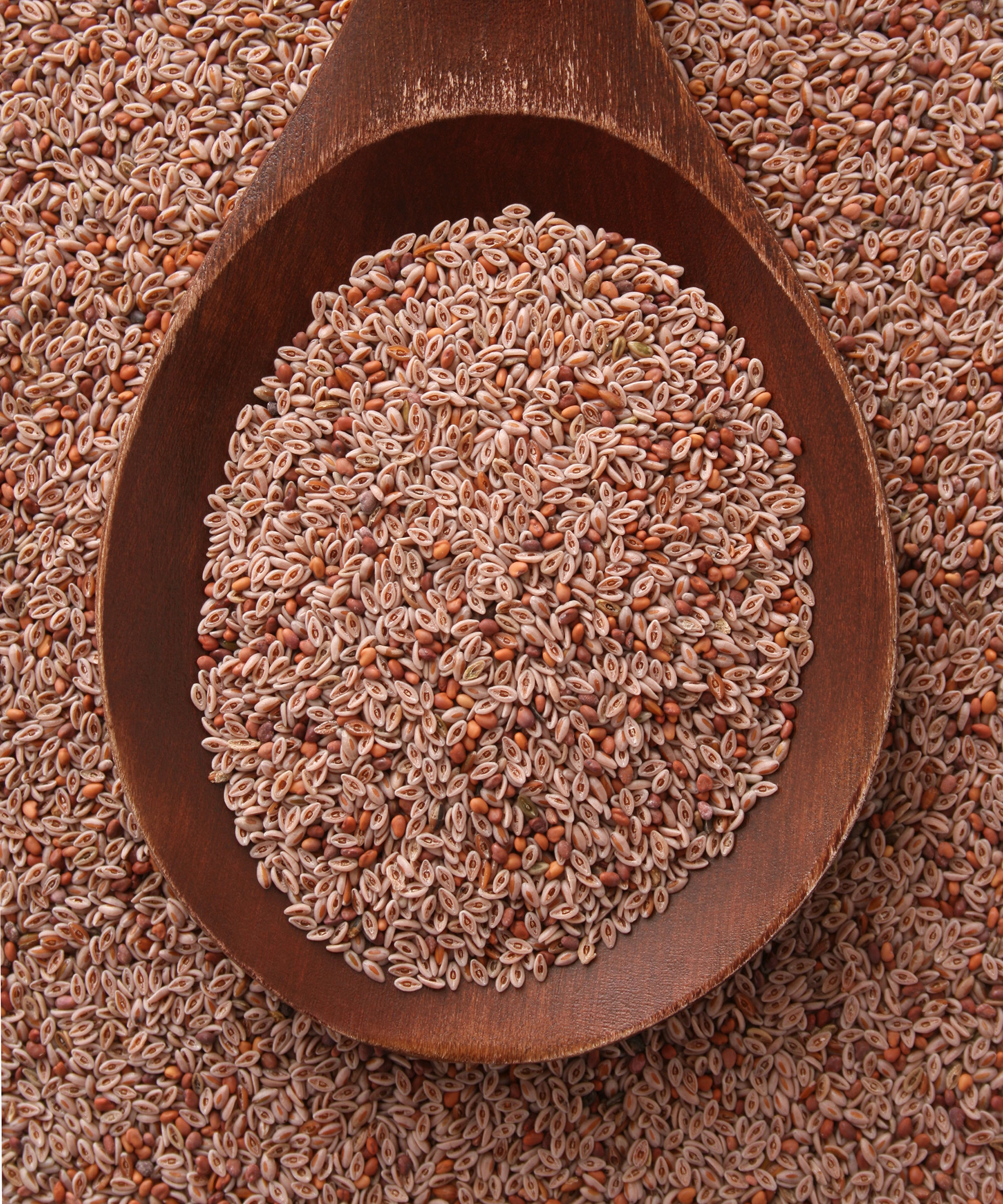
In high doses, psyllium has laxative properties. But as a low introduction to the diet, this dietary fiber can promote a healthy bowel. It has been shown to lower triglycerides, blood sugar and cholesterol, as well as lower blood pressure. It is often found as a supplement. While it is used to treat irritable bowel syndrome, it should be taken sparingly and only under the advice of a physician.
11. Watermelon
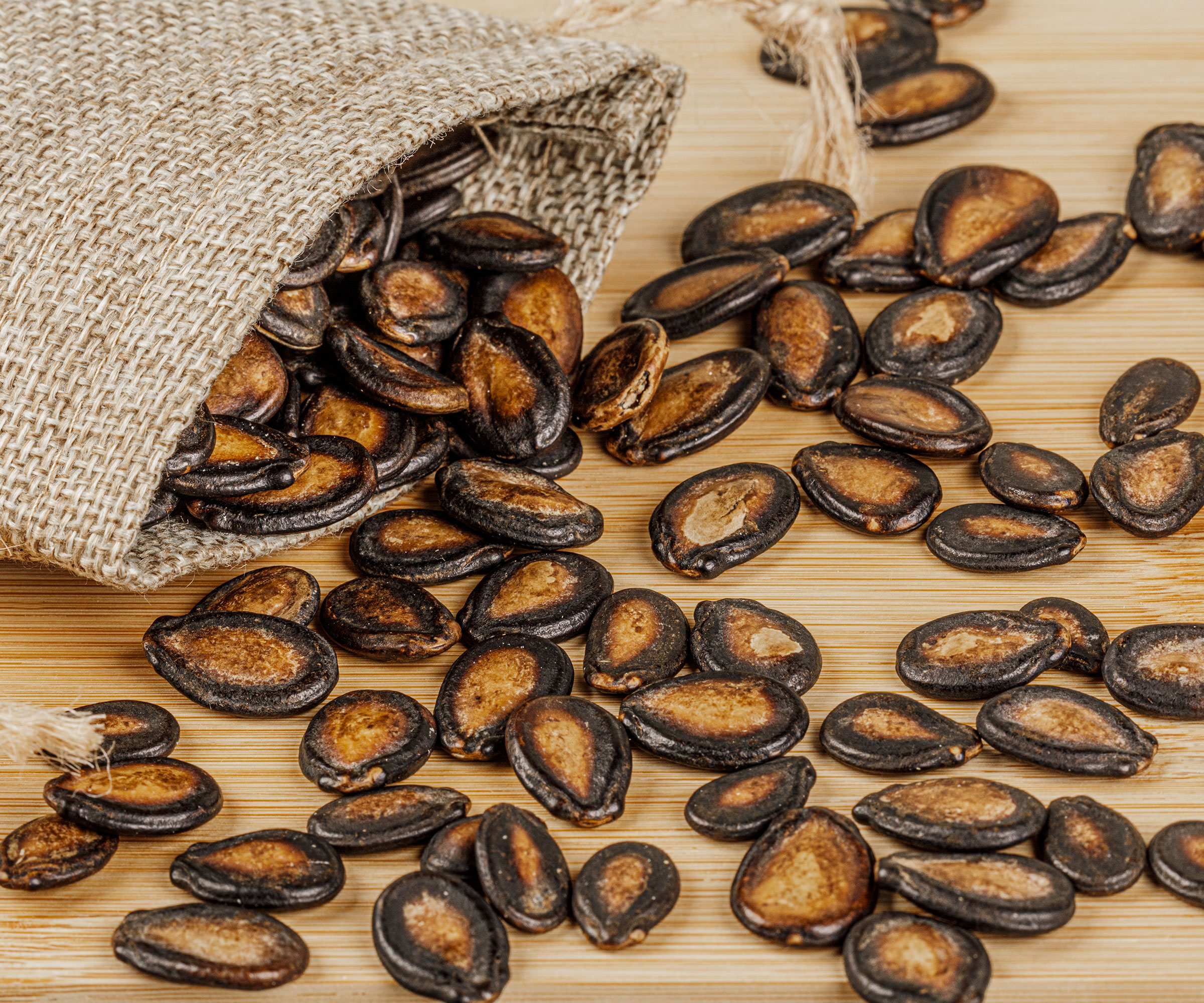
Watermelon seeds are becoming an increasingly popular snack. They are best roasted with a little bit of salt. They are one of the best sources of magnesium and also contain magnesium, manganese, phosphorus, zinc and iron. Harvesting melon seeds for food, you’ll find they are low in calories, high in folate and have lots of good fat. So instead of spitting them out when you eat the fruit, make sure you save a few and roast them for a low calorie snack.
This article features products available from third party vendors on the Gardening Know How Shop.

Bonnie Grant is a professional landscaper with a Certification in Urban Gardening. She has been gardening and writing for 15 years. A former professional chef, she has a passion for edible landscaping.
